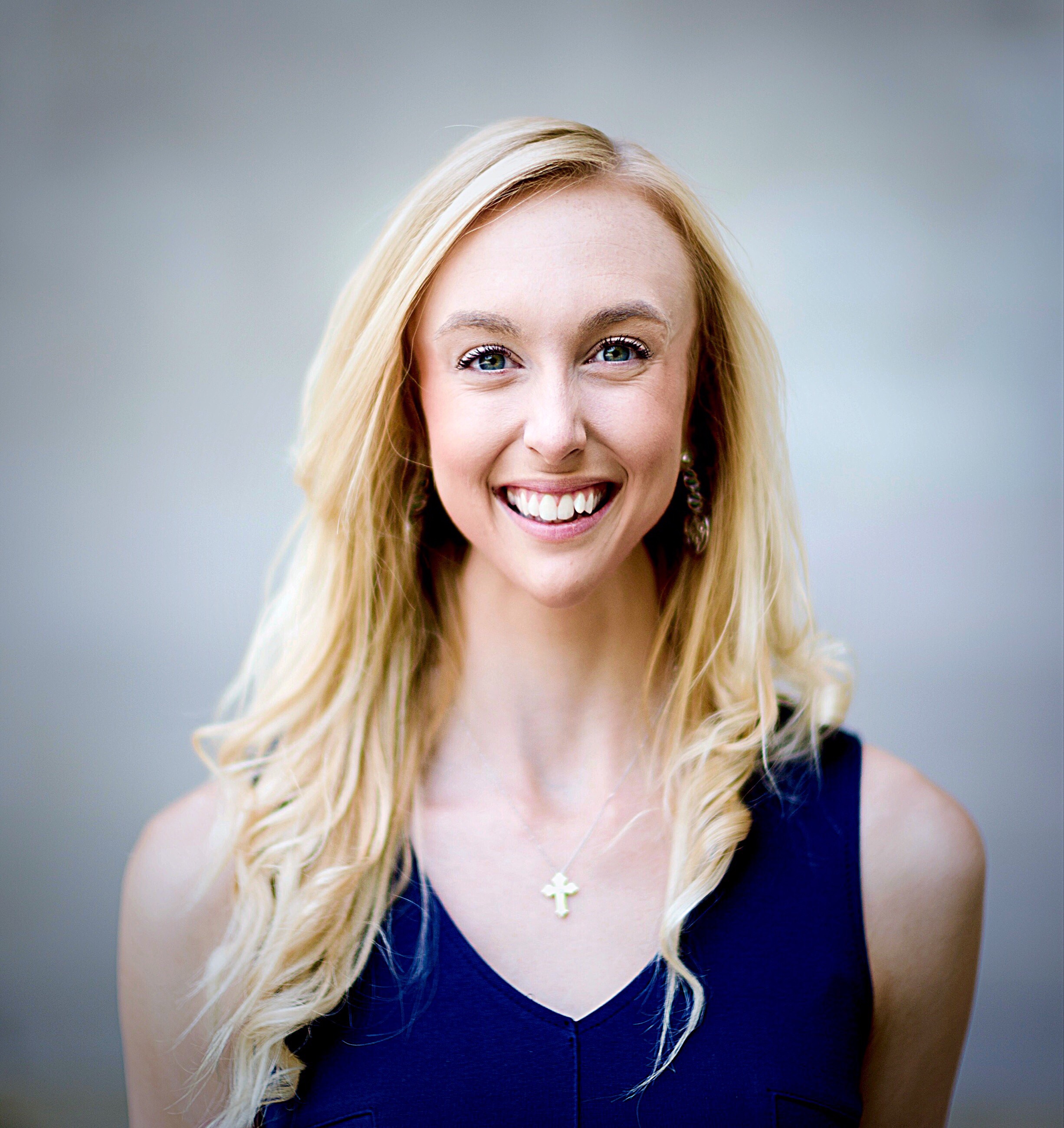Law enforcement officials are continuing to investigate a July 13 shooting at a Butler, Pa. rally for former President Donald Trump’s 2024 election campaign.
During the incident, the former president was injured, one spectator was killed, and two more were critically injured before the assailant was fatally shot by the U.S. Secret Service. The FBI said in a public statement that the incident is being investigated as an assassination attempt and potential domestic terrorism, with the shooter being identified as 20-year-old Thomas Matthew Crooks of Bethel Park, Pa.
“The U.S. is more polarized than ever before,” said Lucy Straker, U.S. focus group leader of political violence and deadly weapons at Beazley. She was speaking during a Carrier Management webinar, “From Ballots to Business: Election-Year Challenges for Insurers,” which took place before the shooting in Pennsylvania. “Often, you’ve got really divisive topics that lead to emotion, and that’s dividing the country. With that, you’re going to see violence fuel up.”
She said during the webinar that the U.S. is seeing an increase in what she described as “lone-wolf” attacks, which is contributing to shifting ideas about what terrorism can look like.
“I think that’s what we’re concerned with, as an insurer, is that changing face of terrorism,” she said. “It’s the everyday violence that we see across the U.S. that’s very evident, and that’s what I think our clients need to be aware of and prepare for.”
This comes as more than 160 million Americans are registered to vote in the 2024 U.S. presidential election, according to the World Economic Forum. Incumbent President Joseph Biden hopes to secure a second term in office, while former President Donald Trump is hoping to secure a second, non-consecutive term.
Catch the on-demand webinar “From Ballots to Business: Election-Year Challenges for Insurers” on the CM Research channel.
Elizabeth Blosfield will also provide more insights on how SRCC and cyber underwriters are accessing escalating risks during this year of elections in CM’s third-quarter print magazine.
“Elections and transitions of power can oftentimes lead to civil unrest and increased geopolitical risk,” said Matt Westhoff, head of North American commercial property at Beazley, speaking alongside Straker during Carrier Management’s webinar prior to the Pennsylvania shooting. “We saw this in the U.S. just four years ago when we had the same two candidates running for president.”
However, while the U.S. will head to the polls on November 5, the upcoming U.S. election isn’t the only factor that could lead to heightened unrest. This will be a record-breaking year for elections globally. U.S. policy institute The Center for American Progress reported that around the world, more than two billion voters in 50 countries will go to the polls.
“We all know about the election in the U.S., but I think what a lot of people don’t know is that roughly half the world’s population will be voting this year,” Westhoff said. (Editor’s Note: The United Nations estimates that the global population reached eight billion mid-November 2022, so according to The Center for American Progress, the number of people casting ballots in elections this year is closer to one-quarter of the global population, although this is a difficult figure to estimate.) “I think broadly speaking, the world is a riskier place than it was four years ago. It would be rather unwise not to expect increased civil unrest and political violence. It’s one of those situations where, obviously, we hope for the best but prepare for the worst.”
Starting a Dialogue
One of the best ways for insurers to prepare, Westhoff said, is simply by starting conversations.
“We are starting to have more conversations with brokers, with clients, wanting to know if they’re prepared from a coverage standpoint,” he said. “They want to know how their coverage would trigger and what their retention level is. So, we are certainly seeing the conversations start, and there are different products out there in the market to protect you depending on what your risk is.”

Insurance coverage exists for events such as political rallies and often covers issues such as loss of attraction—or a decline in business as a result of a certain location being perceived as dangerous—and liability, said Yoni Sherizen, founder of insurtech Gabriel. This is a topic he knows well as Gabriel was born out of two separate mass shooting incidents occurring in 2016.
On June 12, 2016, four people were killed and seven were injured in a mass shooting in Tel Aviv, in which two Palestinian gunmen opened fire on patrons at the Max Brenner Cafe at the Sarona Market. Four days later, 49 people were killed and 53 injured in a mass shooting at Pulse Nightclub in Florida.
Gabriel’s website says that those incidents led Sherizen and co-founder Asaf Adler to think more critically about how chaos and lack of communication, compounded with legacy technology, can lead to damage and loss of life.
“The longer an incident goes on, the more impactful or harmful it becomes,” Sherizen said. “So, what we look to do is to actually minimize that risk.”
Sherizen and Adler worked to build a team that could deploy next-generation technology solutions covering a range of public safety threats. Gabriel’s team includes employees and advisors from corporate security, police, military, intelligence and technology backgrounds. The insurtech uses AI and machine learning to replace legacy security systems dependent on human interaction with automated systems.
“We’re on a mission to get this out into the hands of as many people as possible,” Sherizen said. “We called it Gabriel—named after the angel, Gabriel—because we really have a vision for a technology that protects anyone, anywhere, wherever they are in the world. It’s always kind of waiting there in the wings, ready to spring into action and help you and support when you really need it.”
He said preparing for a traditional fire or natural disaster evacuation isn’t enough today. It’s essential that organizations prepare for active threats, which are ongoing situations that change rapidly and require a more advanced set of training and tools.
“Insurers have also been discussing political tension and an increase in incidents for a few months now —not only in the U.S,” he said. “This is an election year in many locations across the globe, and I’ve heard underwriters discuss their anticipated increase of incidents due to social tensions. This means they are expecting increased losses and are, therefore, adjusting their pricing accordingly.”
Beyond active assailant coverage and special event insurance for things like political rallies and protests, another coverage area that could come into play for insurers in the face of civil unrest is deadly weapons coverage, Straker said.
“That’s going to be triggered by the mere brandishing of a weapon, so with 29 states that have the ability to carry weapons now, arguably every single client should be purchasing that,” she said. “If people are there brandishing a weapon, you might not necessarily have to have had any physical damage or bodily injury. So it removes that trigger. But at the point that the weapon is brandished with intent, you have the ability to seek advice from experts like crisis responders.”
Sherizen added that he’s seen insurers moving from a reactive to a preventative posture—a theme he’s observed in his work across the industry beyond civil unrest.
“Most active assailant/workplace violence cover will pick up the pieces once everything is over in a catastrophic incident,” he said. “However, bringing those resources in earlier can help prevent a situation or mitigate the harm in real time, for example, providing smart detection, alerting and incident response tools and regularly training with them.”
Building Relationships, Understanding Coverage
Straker said her advice for insureds is to understand what they’re buying and to build a relationship with their broker and underwriter.
“If a client has purchased our product, when I go into a client meeting, I ask them to explain my product to me. Because I want them to understand the terms, the conditions, and most importantly, what triggers the policy,” she said. “Help me understand what you need cover for, and I can also point you in the right directions, so that comes down to the piece of buying policies that are fit for purpose as well.”
While Sherizen said harnessing better technology can help to prevent these threats, Tom Lewis, crisis management senior underwriter at Aspen Insurance, warned during Carrier Management’s webinar that technological capabilities and social media can create their own set of threats as well. This is another factor insureds and insurers alike will need to consider in a major global election year, he said.
“Social media allows people to organize really quickly and effectively,” he said. “It allows unrest to spread across the country, or even across the whole region really quickly. At the moment, we’re seeing misinformation and deep fakes.”
This is aided by social media algorithms that are designed to keep users’ attention and generate advertising revenue by suggesting content based on users’ social media habits, he said. However, he’s seen this leading to more polarized debates and stoked tensions.
“People end up in an echo chamber, where they’re really only speaking to people or reading articles that share the opinions that they already have, or more radical versions of those opinions, so they only have their views confirmed or radicalized even further,” he said. “I think that the end point of this is, even in well-established democracies, people can end up seeing political opponents not as rational actors as part of a democratic system but an existential threat in themselves. Once you start viewing political opponents as an existential threat, civil unrest can even become justified in some people’s minds.”
This means denial will be another big threat as the risk of violence increases, Straker added.
“Do not let denial get in the way of doing something about mitigating these risks,” she said. “Identify the warning signs. Understand your people. Know they’re your biggest risk and also your greatest asset.”
It’s important to communicate as well as educate and provide mechanisms for reporting, including anonymous reporting, if an incident occurs, she said. Insureds that find themselves as vulnerable soft targets—meaning they’re open to the public with limited security—should harden their assets especially as the U.S. moves closer to election day, she advised.
“We’re almost conditioned to violence as a country, so we accept the fact that violence is part of our everyday existence, whether you see it on social media or whether you read about it in the newspapers,” she said. “We only ever see the biggest, the baddest, the most gory when it comes down to violence. Yet, it’s happening every single day on our doorstep.”
Was this article valuable?
Here are more articles you may enjoy.




 Project 2025 Plan to End NFIP Welcomed by Some, Rejected by Others in Insurance
Project 2025 Plan to End NFIP Welcomed by Some, Rejected by Others in Insurance  Soccer Officials Arrested After Melee That Damaged Hard Rock Stadium in Miami
Soccer Officials Arrested After Melee That Damaged Hard Rock Stadium in Miami  Insurers Face Business Interruption Claims After Global Tech Outage
Insurers Face Business Interruption Claims After Global Tech Outage  AIG Files Amended Suit Against Former Execs, Dellwood Insurance
AIG Files Amended Suit Against Former Execs, Dellwood Insurance 


